Some of the links in this post may be affiliate links.
It’s always a pleasant surprise when any houseplant flowers. Did you know that Maranta leuconeura, or the common “prayer plant” can flower indoors? Learn everything you wanted to know about prayer plant flowers in this post, in addition to some handy care tips so that you can ensure your plant can thrive in your home.
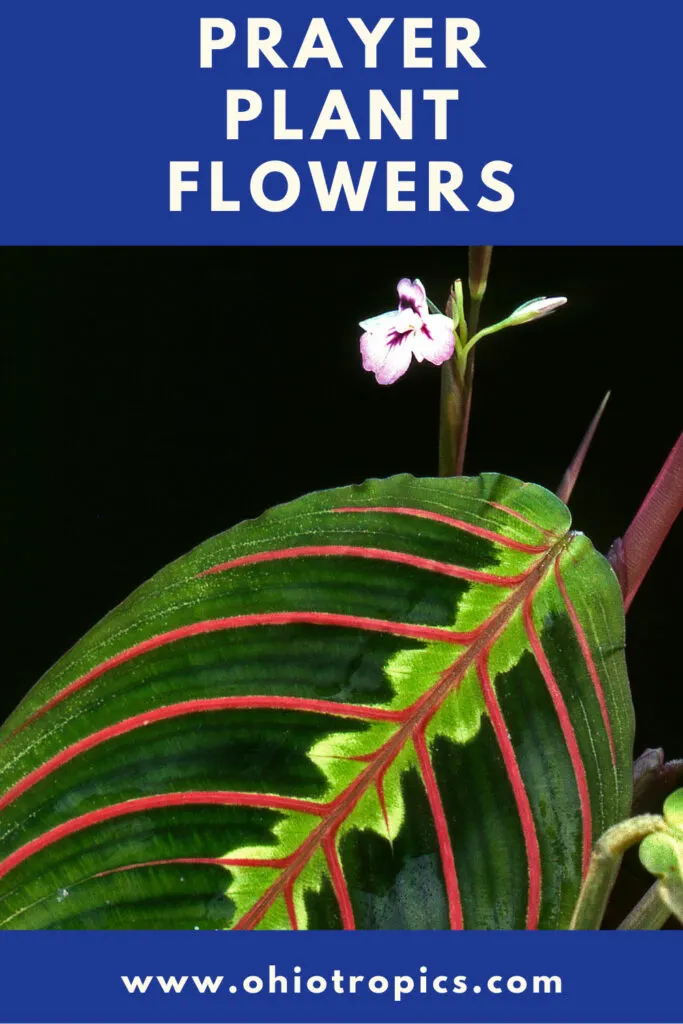
Table of Contents
PRAYER PLANT FLOWERS
Maranta leuconeura is a species of flowering plant that is native to central and eastern Brazil.
Like any plant in the Marantaceae family, prayer plants are known for their leaves folding up and “praying” during night time, and then relaxing back down during the day.
1. What does a prayer plant flower look like?
Although this is a flowering plant, the reason we all grow this plant is for the striking foliage. Flowers are very small and are normally white and purple.
Depending on the species and variety, the amount of white and purple will vary in the flower, as will the coloration in the foliage.
The flowers have 3 petals and two larger staminodes.
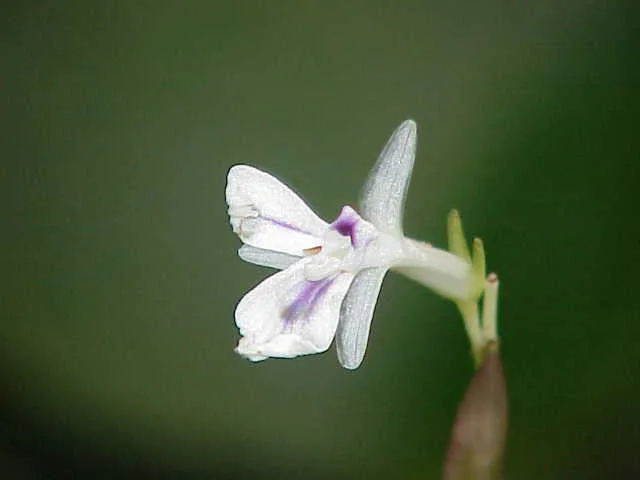
2. Are prayer plant flowers rare?
Many sources online call them rare, but I can tell you from personal experience that they are not. Like anything, this of course depending on your ability to provide good conditions for your plant.
I had a prayer plant once in a prior home that bloomed regularly throughout the year.
It lived in a warm bathroom right in front of a north-facing window which received bright but indirect light.
It was even watered with plain tap water and received no special treatment. Be sure to read my section on water quality later in this post though, as this can have a big effect on your plant over time.
3. When does a prayer plant flower?
Blooming tends to occur the most during the active growing seasons of spring and summer.
4. How to get a prayer plant to flower
Providing good conditions, similar to growing conditions in their native habitat, will help encourage blooming. Here is a quick recap of general care for prayer plants:
LIGHT
Prayer plants are rainforest floor dwelling plants, so a window with bright light (without direct sun) will work well. A little direct sun indoors won’t harm them, but they do not like too much.
If your plant is in too dark of a location, growth will suffer and you probably won’t get any blooms. Sufficient light is important in encouraging any flowering plant to produce flowers.
TEMPERATURE
It’s important to provide consistently warm temperatures for these plants. They will not tolerate cold temperatures or cold drafts.
Make sure your plant isn’t located in any areas where they could potentially receive cold drafts from vents or doors opening and closing during cold weather. They prefer consistently warm temperatures.
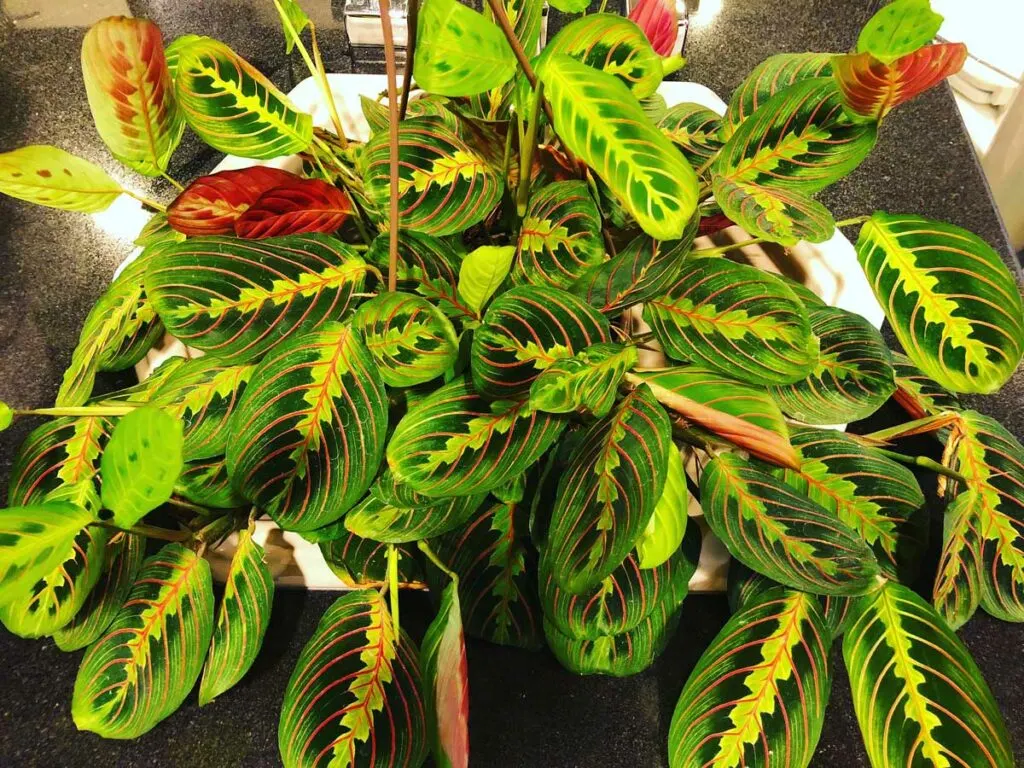
HUMIDITY
These plants will appreciate high humidity. If you can situate them in a bathroom, which is naturally more humid, this would be ideal.
Otherwise, invest in a great humidifier so that they can have their best chance at being happy in your home.
WATERING
Prayer plants like consistently moist conditions.
Never allow the soil to dry out completely, otherwise you will quickly get plenty of curling and brown leaves. I have a separate blog post where I discuss the issue of curling, brown leaves in prayer plants.
Allow no more than approximately the top inch of soil to dry out before watering again.
FERTILIZING
Be sure to fertilize regularly during active growth. I like to use Dyna-Gro Grow for most of my plants. It is a urea-free, complete fertilizer that contains all the micro and macro nutrients that plants need to thrive.
WATER QUALITY
Maranta plants don’t like tap water, and over time, can develop brown tips due to fluoride and other additives found in tap water. Use rainwater or distilled water if you can. (Please note that brown edges on leaves in general are also commonly caused by leaving your soil too dry.)
In addition, when foliage is wet with hard water, it can leave mineral deposits on leaves.
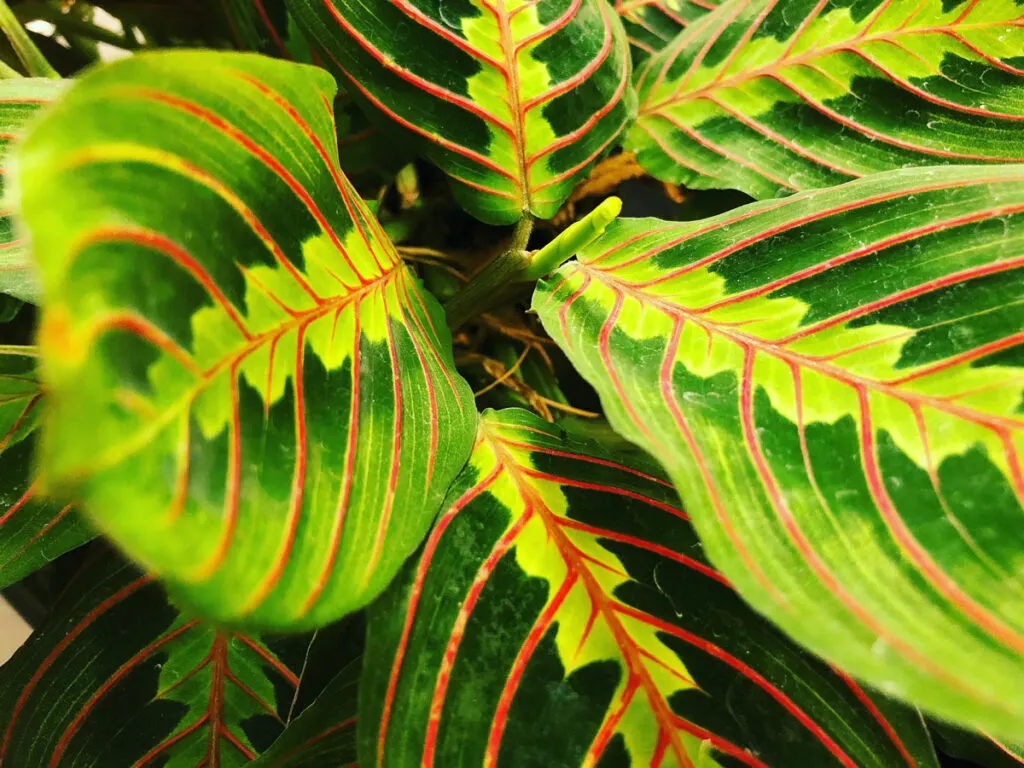
5. Should i cut prayer plant flowers off?
If your prayer plant has bloomed, and you’ve been satisfied with witnessing the (insignificant) flower show, it is probably best to cut off the flower spikes.
This will simply allow your plant to redirect its energy to focus on foliage growth versus on flower production.
That being said, your plant won’t necessarily suffer if you leave the flowers to develop. At a minimum, I would just make sure to remove any spent flowers and flower stalks after blooming is over in order to keep your plant tidier.
Has your prayer plant bloomed for you? Comment below. I’d love to hear!

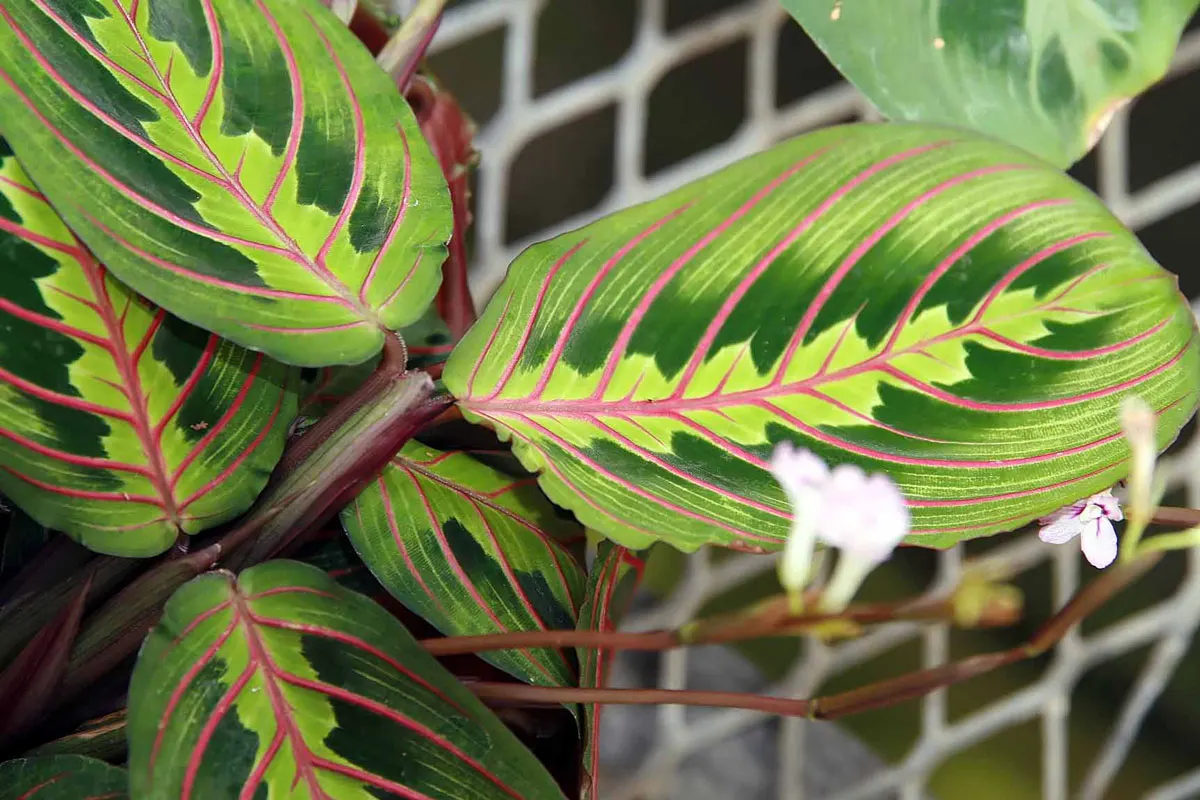
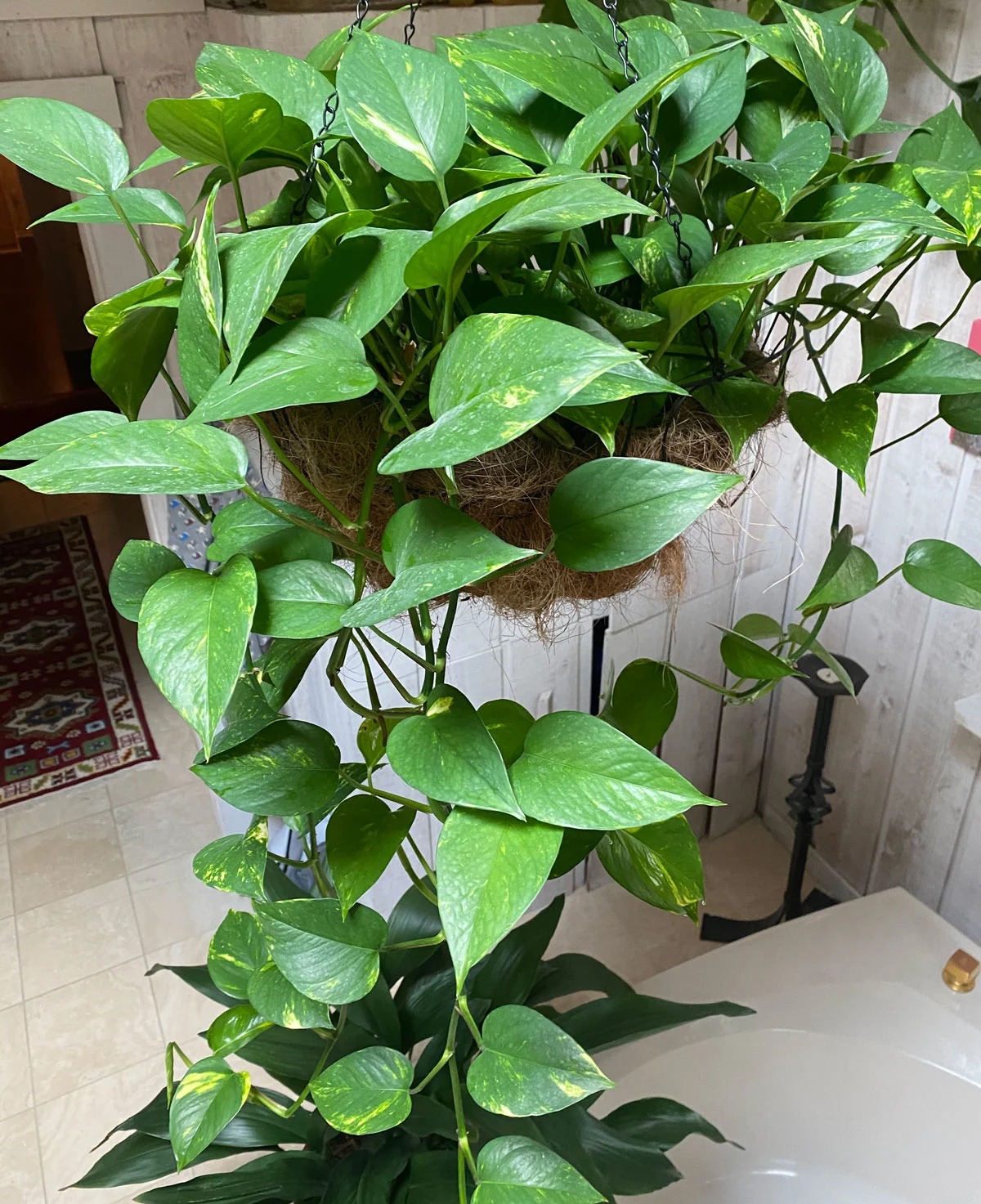
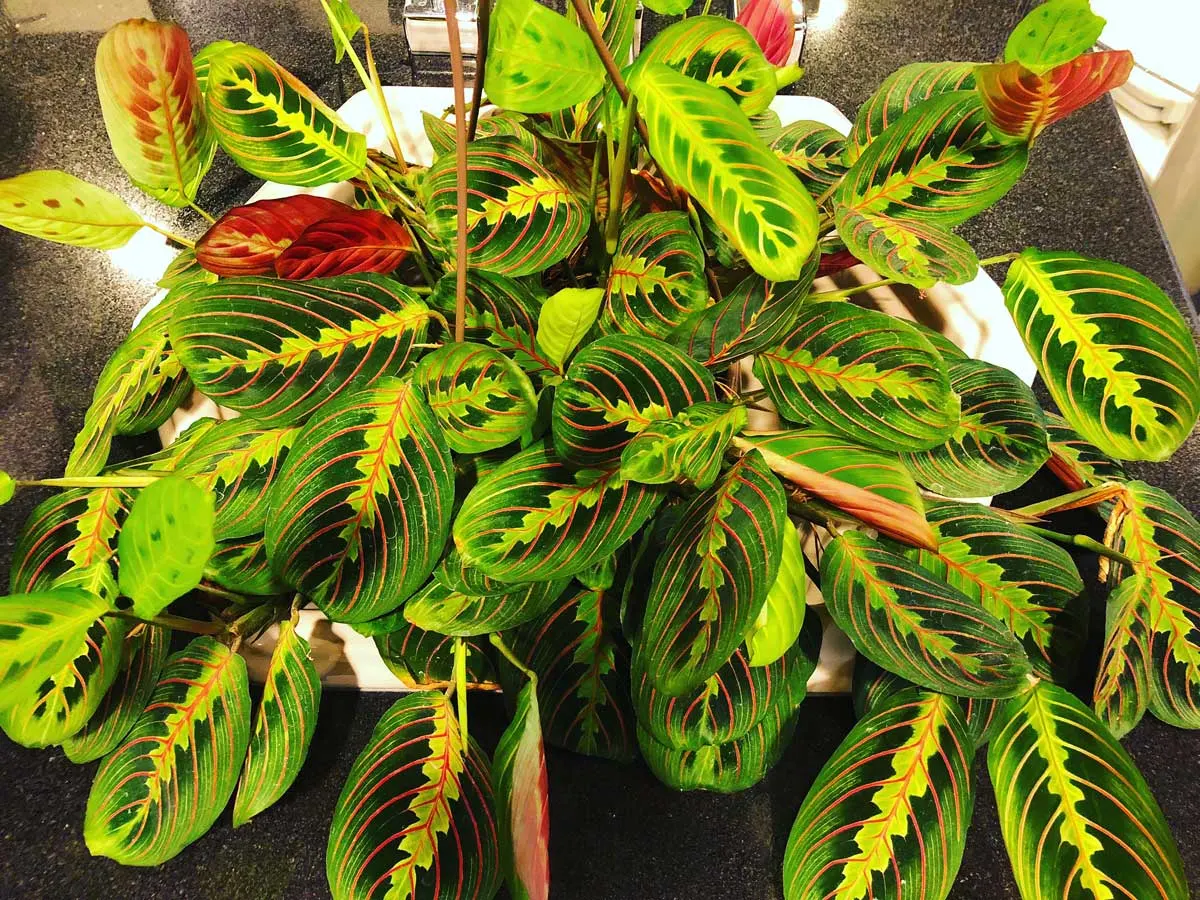
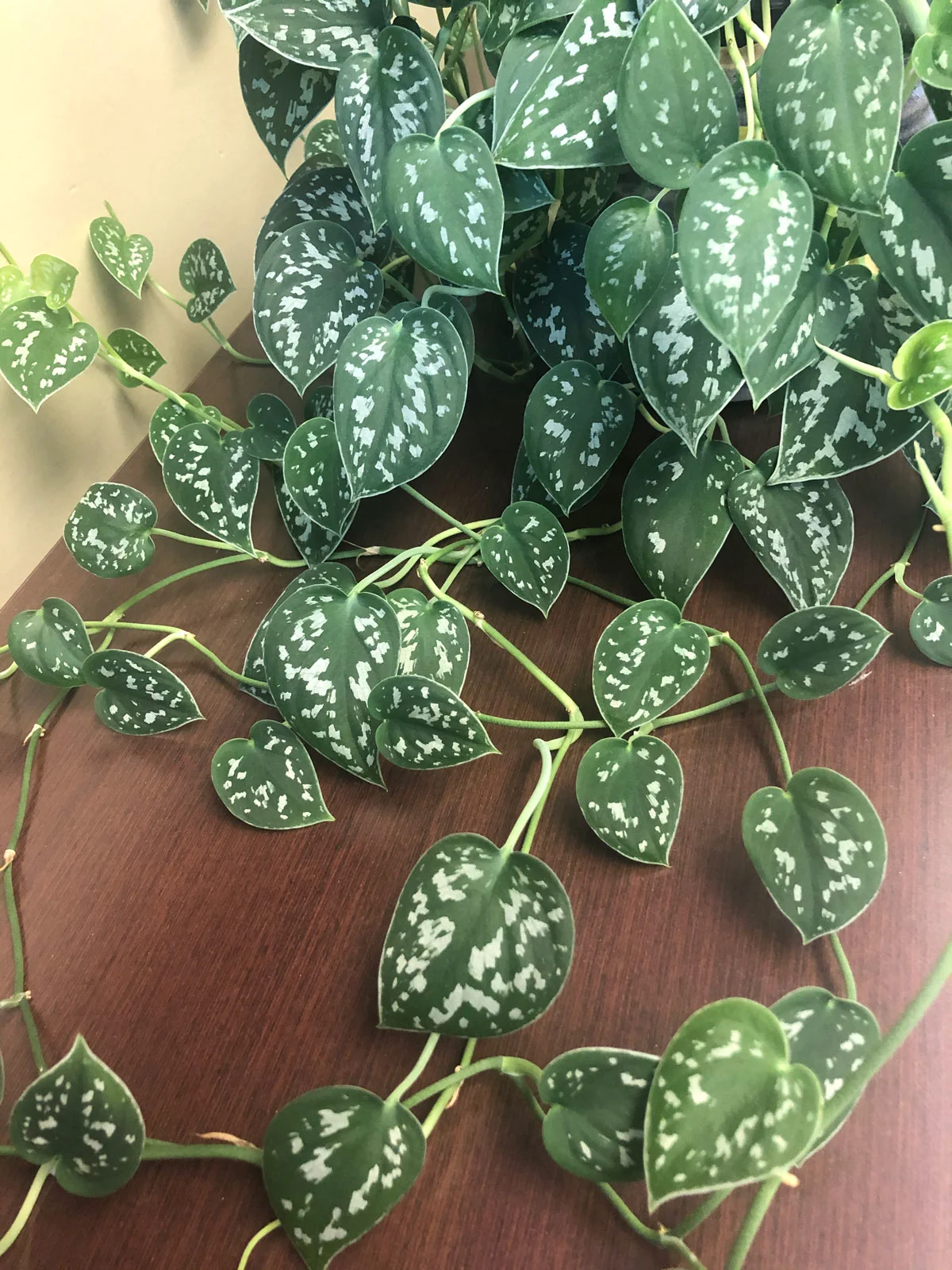
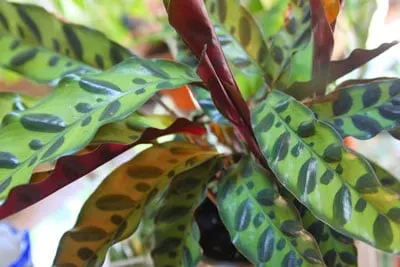
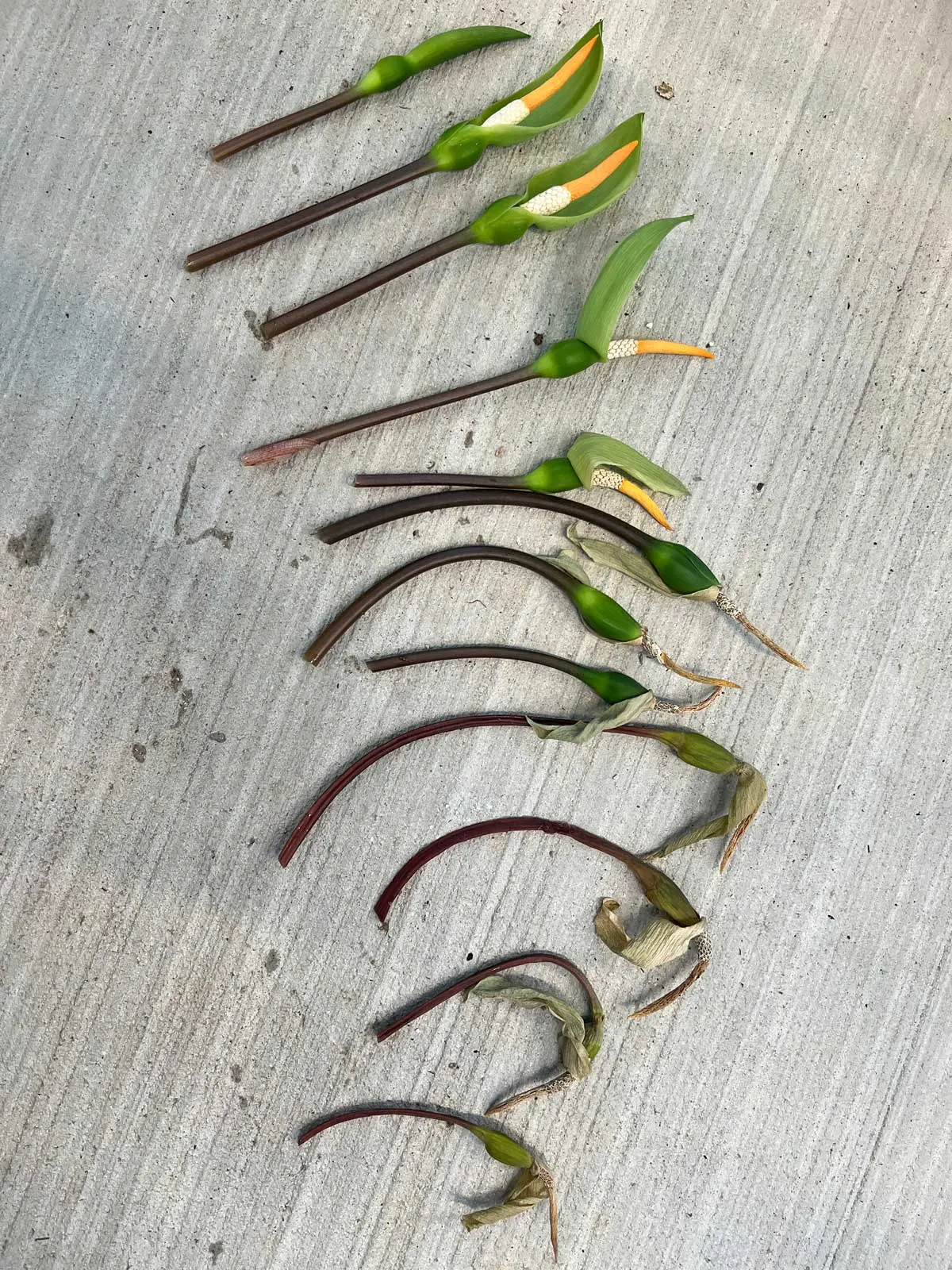
Susy
Wednesday 21st of August 2024
Yes my prayer plant surprised me with flowering as I’d never grown this plant before and was intrigued by the movement in the leaves, I also water with tap water although I let it stand for a couple of days before I use it, I’ve been bottom watering all my plants as we had problems with gnats for a while which watering this way hasn’t harmed my prayer plant it’s doing really well and has grown a lot from when we bought it
Raffaele Di Lallo
Thursday 22nd of August 2024
Sounds like your plant is liking your care! The flowers are definitely a bonus.
Sheila
Sunday 14th of January 2024
I live on the front range in Colorado. But I have been growing houseplants for many many years and I’m not giving up here. My prayer plant has bloomed for the first time this week. I keep it in a large terrarium where it stays warm and humid even though it’s in my basement!
Raffaele
Sunday 14th of January 2024
Sounds like it is happy!
Melissa
Tuesday 21st of November 2023
I was in my local mall and the grocery store has a little plant store outside of it. I always stop and look at the plants (because it makes me feel good of course :) ) and I noticed this small Prayer plant that basically was screaming at me for water as it was sooooo dry!. I picked it up right away and brought it up to the till and made a comment about the fact that I was buying it because it was so dry and was taking it home to water it! The cashier said "Oh, do you want me to water it for you?" lol, no I wanted you to water it regularly! Anyway, I took it to my office, and repotted it (as it really needed it), it has been on my desk with all of the other plants for about a week. I came in this morning from the weekend and this beautiful girl flowered for me over the weekend. I didn't even see a shoot last week...had no idea they flowered at all (hence why I am on your page as I was looking it up). I am just so thrilled with this amazing plant and what it has done since it was shown some love :)
Raffaele
Tuesday 21st of November 2023
Love your story :-) Enjoy your plant! They definitely need some attention and do not survive neglect well! Bravo for rescuing the little plant.
Isabel
Sunday 22nd of October 2023
I found the start of a flower tonight. I've had her a few months. East facing in a hanging pot next to my front door in the window. Not really out of a draft. When the sun comes in I close a curtain behind her for a while. She has grown into a gorgeous plant.
Raffaele
Monday 23rd of October 2023
Sounds like a lovely specimen :-)
Mike
Monday 9th of October 2023
Yes my prayer plant is growing and blooming very well . I do pinch off the flowers it blooms constantly for me
Raffaele
Monday 9th of October 2023
Sounds like a happy plant Mike!